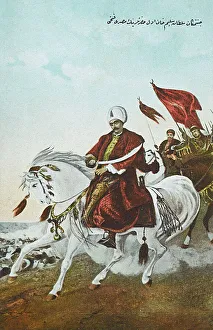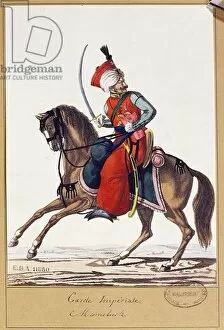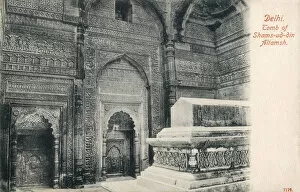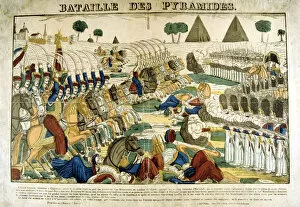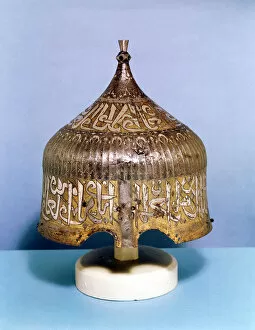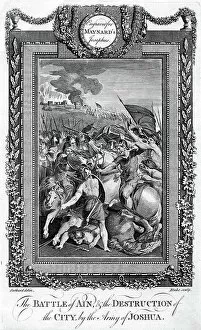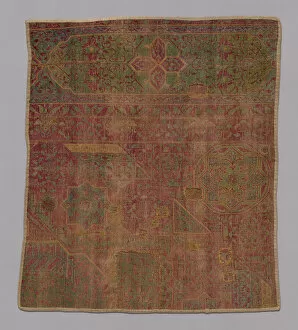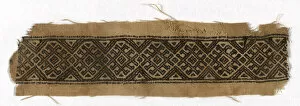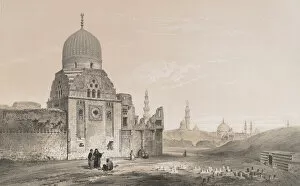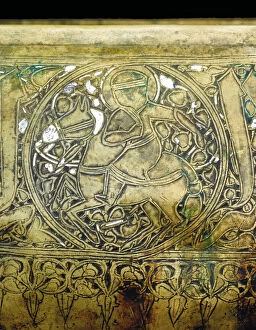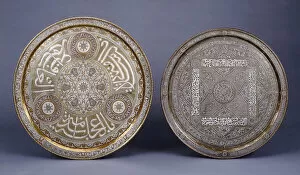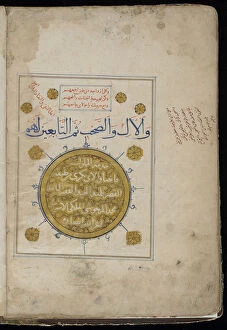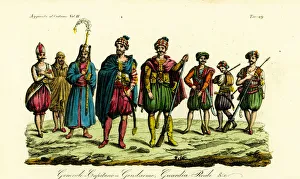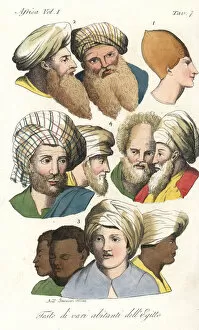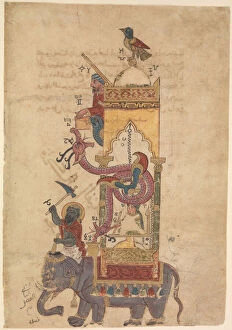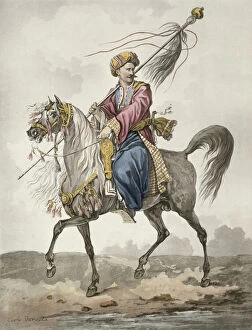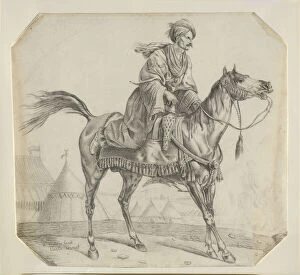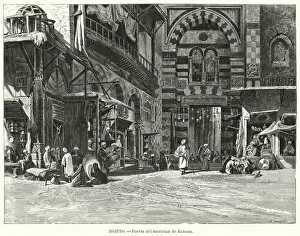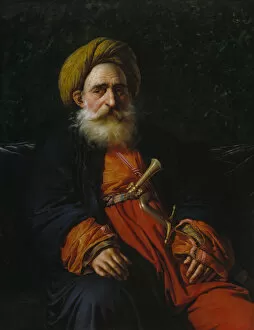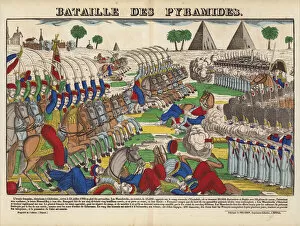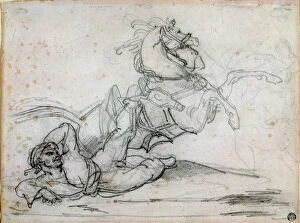Mamluk Collection
The Mamluks were a powerful military caste that emerged in the Middle East during the medieval period
All Professionally Made to Order for Quick Shipping
The Mamluks were a powerful military caste that emerged in the Middle East during the medieval period. Their origins can be traced back to Sultan Selim I's conquest of Egypt, where he defeated the ruling Mamluk dynasty and established Ottoman control over the region. One of their most iconic roles was serving as the Imperial Guard, protecting and advising various rulers. A coloured engraving from the early 19th century depicts these elite warriors in all their splendor. Their influence extended beyond Egypt, as seen in a captivating scene depicting the reception of Venetian ambassadors in Damascus in 1511. The Mamluks' presence showcased their dominance and authority throughout different territories. The Battle of Ain is another significant event associated with them. An engraving from 1785 portrays this fierce clash between Joshua's army and its subsequent destruction. This battle highlights both their military prowess and strategic importance. Perhaps one of their most well-known encounters was at the Battle of the Pyramids on June 21, 1798. Artist Francois Georgin captured this historic moment around 1835, showcasing Napoleon Bonaparte's triumph over the Mamluks near Cairo. Their impact also left architectural marvels behind, such as Madrasa Al-Zahiriyya in Damascus dating back to the 13th century. This educational institution stands as a testament to their patronage for knowledge and culture. Visual representations often depict Mamluk warriors alongside Egyptian chieftains adorned with turbans and robes, symbolizing unity amidst diversity within their ranks. A pen & ink drawing showcases a dismounted Mamluk warrior, highlighting his individual strength while emphasizing his role beyond horseback combat. However formidable they may have been, even great powers faced defeat against them. George Cruikshank's hand-coloured engraving illustrates Napoleon's victory over these valiant fighters at The Battle of Pyramids near Cairo in 1823.

